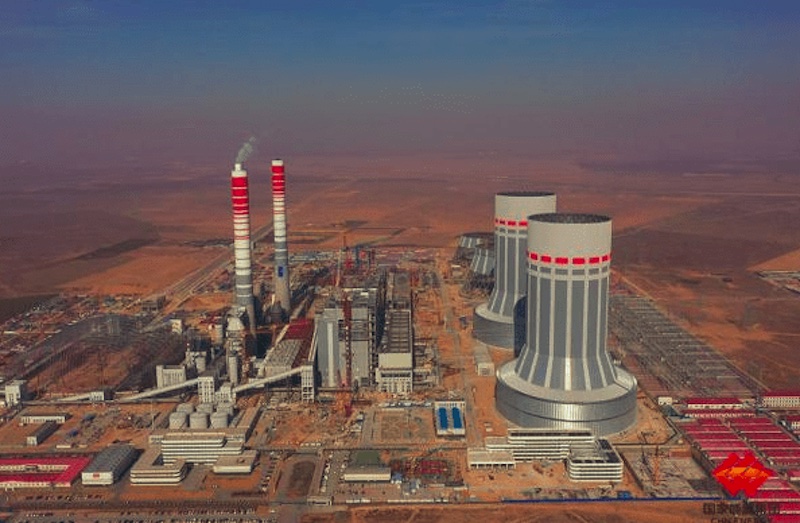The world is on track to see use of all fossil fuels peak before 2030, according to a new report published by the International Energy Agency (IEA).
In its World Energy Outlook on Thursday, the IEA said the world will change significantly over the next six years.
“There are set to be almost 10 times as many electric cars on the road [in 2030], with renewables nearing half of the global power mix, but much stronger policies are needed for 1.5C,” it said, in a press release on the report.
“The transition to clean energy is happening worldwide and it’s unstoppable,” IEA executive director Fatih Birol said. “It’s not a question of ‘if’, it’s just a matter of ‘how soon’ – and the sooner the better for all of us.
ALSO SEE: Threat of More Rate Rises Slowing the Shift to Electric Vehicles
Risk of 2.4C rise if tougher action not taken
“Governments, companies and investors need to get behind clean energy transitions rather than hindering them. There are immense benefits on offer, including new industrial opportunities and jobs, greater energy security, cleaner air, universal energy access and a safer climate for everyone,” Birol said.
“Taking into account the ongoing strains and volatility in traditional energy markets today, claims that oil and gas represent safe or secure choices for the world’s energy and climate future look weaker than ever.”
Demand for fossil fuels is set to remain far too high to reach the Paris Agreement goal of limiting the rise in average global temperatures to 1.5C, the agency said.
“Bending the emissions curve onto a path consistent with 1.5C remains possible but very difficult. The costs of inaction could be enormous: despite the impressive clean energy growth based on today’s policy settings, global emissions would remain high enough to push up global average temperatures by around 2.4C this century, well above the key threshold set out in the Paris Agreement.”
Demand for coal power seen easing in China
China had an outsized role in shaping global energy trends, the report said, but noted that its influence is evolving as its economy slows and its structure adjusts, and clean energy use grows.
“Over the past 10 years, China accounted for almost two-thirds of the rise in global oil use, nearly one-third of the increase in natural gas, and has been the dominant player in coal markets,” the Outlook report said. “But it is widely recognised, including by the country’s leadership, that China’s economy is reaching an inflection point.
“After a very rapid building out of the country’s physical infrastructure, the scope for further additions is narrowing. The country already has a world-class high-speed rail network; and residential floorspace per capita is now equal to that of Japan, even though GDP per capita is much lower.
“This saturation points to lower future demand in many energy-intensive sectors like cement and steel. China is also a clean energy powerhouse, accounting for around half of wind and solar additions and well over half of global EV sales in 2022.”
With China’s economic growth ebbing, there is greater downside potential for fossil fuel demand if it slows further, the report said.
“In our scenarios, China’s GDP growth averages just under 4% per year to 2030. This results in its total energy demand peaking around the middle of this decade, with robust expansion of clean energy putting overall fossil fuel demand and emissions into decline.
“If China’s near-term growth were to slow by another percentage point, this would reduce 2030 coal demand by an amount almost equal to the volume currently consumed by the whole of Europe. Oil import volumes would decline by 5% and LNG imports by more than 20%, with major implications for global balances.”
- Jim Pollard
ALSO SEE:
China’s New Bonds to Fight Climate Impacts, Lift Recovery
Typhoons, Landslides, Sandstorms Cost China $42bn This Year
China’s Shift to Renewable Energy Roaring Ahead – Guardian
























